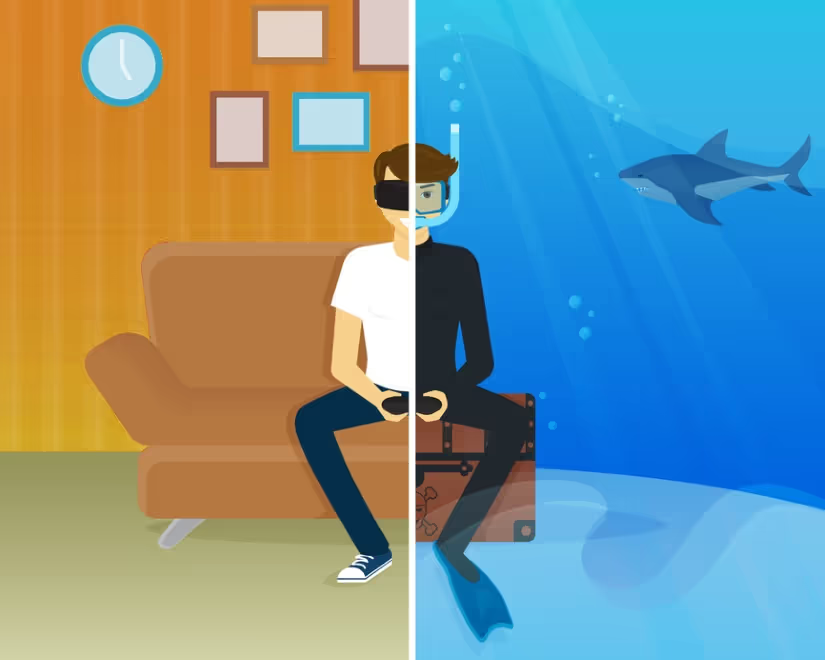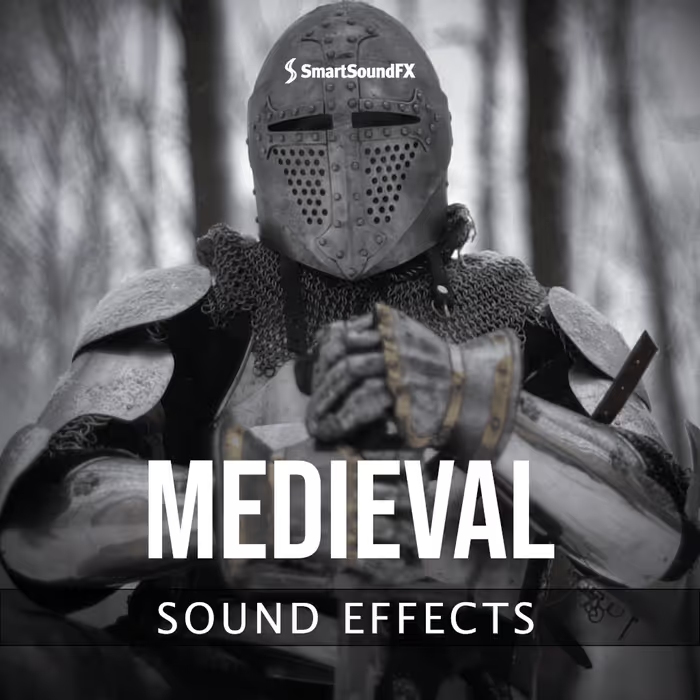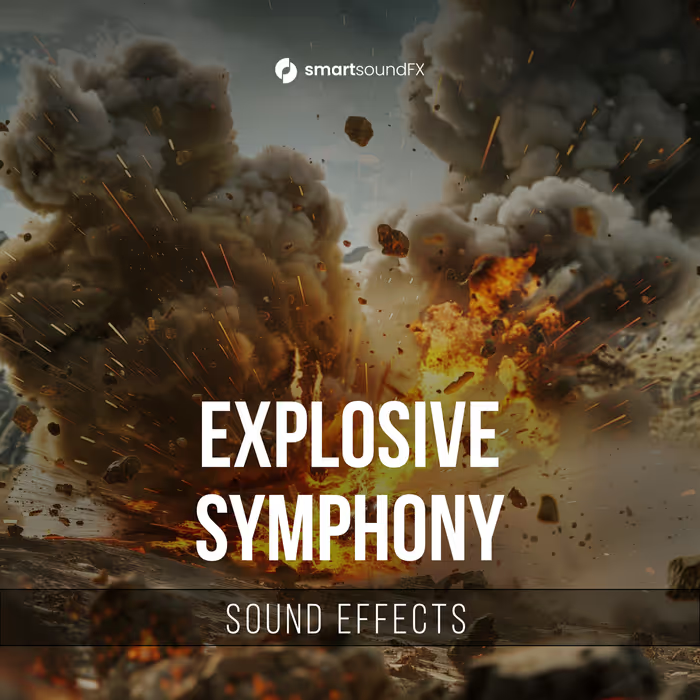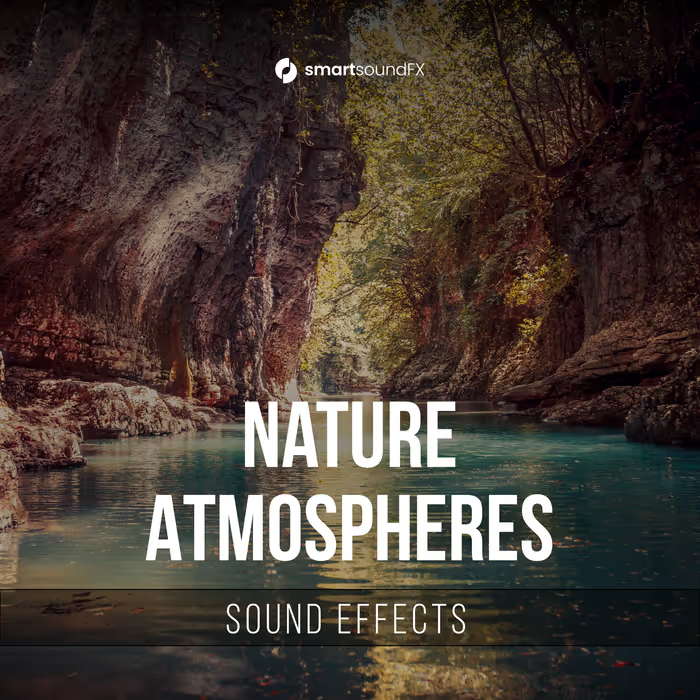– Garry Taylor. Audio Director, WWS Creative Services Group, Sony Interactive Entertainment Europe.
Someone asked me recently what the difference was between audio for TV based games and audio for VR. After giving it a bit of thought, I came to the conclusion that getting it wrong on a TV is mildly annoying, but getting it wrong on VR and the player will want to kill you. By that I mean badly implemented audio in VR can be so off-putting, it can seriously hinder people’s acceptance of their virtual reality, to the point that it may put some people off completely, and this is a big problem.
Michael Abrash at Oculus said that 3D sound in VR is ‘not an addition, it’s a multiplier’. Everybody talks about VR in terms of ‘presence’ and ‘immersion’. The truth is that without a certain level of competence in audio design, there is no presence. What’s more, because it is a multiplier, there is an extremely fine line between what we would call presence, the illusion that you’re actually there, and annoyance.
The truth is that without a certain level of competence in audio design, there is no presence
Our teams have been experimenting to find out what works, and what doesn’t, in terms of audio. A lot of the work we’ve done revolves around the player’s acceptance of their virtual environment and the sounds that emanate from it. We’ve made lots of mistakes, but by making them, we’ve learned where the boundaries are, and how far we can push things before they break.
Engineering Immersion
One of the most fundamental problems any developer with no experience of audio on VR will have is externalising sounds. Let me explain what I mean.
If you listen to any film or TV show that has a narrator, you’ll notice that the sound of the voice of the narrator, due to the way in which it was recorded, sounds very different from the sound of the people you’re actually seeing on screen. The narrator is in effect, the voice inside your head, and it’s this that we need to avoid if we want things to sound like they’re in the virtual environment.
Next time you watch a film or TV show listen for it, and notice the difference between perspectives. The narrator’s voice sounds a lot fuller and richer. Generally, it’s recorded closer than ‘on set’ dialogue. With a condenser microphone, the closer you are to the microphone, the bassier the recording will be, due to something called ‘the proximity effect’.
Although this is a tad simplistic, if there’s a lot of bass in a voice, your brain will tell you it’s close. If we want dialogue or indeed any sound to sit in a 3D space, and to sound like it’s part of that space, we need to ensure that the perspectives are convincing.
How we give players information about distance is absolutely critical for them to be able to localise something accurately in VR
If something is close, it needs to sound close, and if something is far away it needs to sound far away. How we give players information about distance is absolutely critical for them to be able to localise something accurately in VR.
If you were to shut your eyes, you’d usually be able to tell what sort of room you were in just by listening to how sounds tail off within it. When working in VR, we have to recreate that acoustic behaviour in our virtual reality in order for it to be convincing. There’s a delicate balance between the volume of the sound waves that travel directly to your ears, and the ones that bounce around the room, and we use the perceived loudness of the sound, the length of the reverberation, as well as the ratio between the direct and the indirect sound to judge the size and type of space we’re in and the distance between us and whatever it was that made the sound.
Not only that, but we also have to accurately model how our own heads affect the sounds we hear. We use something called Head Related Transfer Functions or HRTF which gives us the ability to make sounds appear as though they’re behind us, or in fact any direction, including above or below us. These HRTFs when coupled with head-tracking are very very convincing.
This is different to how we’ve done audio for games in the past. Now, these might seem like very minor things, but when we get it wrong, it’s little things like this that jar with people. They might not know why something isn’t quite right, but it will flag something up in the back of their mind that says ‘this isn’t convincing’. Audio for VR can be difficult like that. To do it right requires a decent toolset and knowledgeable and experienced sound engineers who know about psychoacoustics; how the brain interprets sound.
Information
Audio’s function within any game, film or any other medium is either to give the player or viewer information or to influence their emotional state.
3D Audio is a very powerful way of communicating information, be it information conveyed through dialogue, or information about their environment through directional sounds, but there are limits to the amount of auditory information that can be processed by the brain.
Now imagine that a 3rd person was giving another talk on something else in that corner at the same volume. That’s where you hit a wall.
You can hear me speaking from this stage. There’s nothing else really going on, vying for your attention. Imagine someone else was doing a talk in that corner of the room on something else with their microphone at the same volume. You would probably be able to pick up limited information on both talks, just about. Now imagine that a 3rd person was giving another talk on something else in that corner at the same volume. That’s where you hit a wall. You wouldn’t be able to distinguish between the 3 separate voices, they would come together to form a single incoherent mess. It would annoy you.
Walter Murch, film editor, called this the ‘Law of Two and a Half’. One or two sets of footsteps, for example, can easily be isolated by the brain, but 3….instead of being individual elements, 3 becomes a group of things happening, and out goes your ability to distinguish individual elements.
We’ve found that these limits of the brain to process multiple audio cues together must affect how we design our titles, and the events or situations that happen within those titles. Too much going on will disorientate the player, or stop them making sense of the information presented to them. This could be dialogue, or it could be the positions of enemies trying to shoot you, or important audio cues the player needs in order to progress through a game. Any more than 2 positional cues at a time, and the player may lose the ability to accurately place them in a space.
Because of this, we need to make sure that audio considerations are taken into account at the early design stage of any project, and care must be taken to respect the limits of the brain’s ability to process auditory information.
Having said that, if you want to briefly disorientate the player on purpose, it can be used to great effect, but like anything, you need light and shade.
Bending Reality
One of the more interesting things we’ve found is that whilst audio can help to make or break presence or immersion, it also allow us to bend reality without breaking it, and in some instances mask problems in other areas.
What happens if the player decides to stand up?
In one of our titles called London Heist, the player is a passenger in a van, driving down a road. Now, there’s nothing stopping the player opening the door and leaning out or putting their head out of the window, and when they do, they hear the wind rushing past them, as you would expect. However, what happens if the player decides to stand up?
Well, we could create a barrier that would stop the player’s camera from going through the roof of the van, but messing with people’s perception of movement is a dangerous thing, and can cause motion sickness which could put a lot of people off. However, if we allow the player to put their head through the roof, to break reality, we must also make their experience of doing so consistent with what they would expect if they could actually do it. So when they do, they also hear the wind rushing past them. This is surprisingly acceptable. In some cases, good audio design allows us to ‘paper over the cracks’, and in certain circumstances, as long as the audio is consistent, liberties can be taken in the virtual world.
Listen to the player
Most developers have been thinking about how their sound and music functions within VR. We’ve also been thinking about what sounds we can take from the player, and what we could do with them.
PlayStation VR has a microphone on the bottom of the visor. This allows us to capture sounds or speech from the player, and either incorporate it into the world, for example voice chat, but also it allows us take the sound, manipulate that data and then use that data to control certain parameters within the game.
For example, in the London Heist, there’s a drink on the dashboard. What if the player decides they want to pick it up and drink it? Obviously, they can’t really drink it. That would be silly. But they will try. And if they do try, having the world react in a believable way will increase the sense of immersion. One of our technical designers, SImon Gumbleton came up with a technique of measuring the power of the microphone input, and then using it to trigger a drinking sound.
Again, audio can paper over the cracks. Audio, this time from the player, will allow another level of interaction between the player and the virtual world.
How can the player affect the world through the sounds that they make?
So the question our teams should ask is; instead of the player just listening to the world the developers have created, how can the player affect the world through the sounds that they make?
Linear VR Video
Before I go, I want to speak briefly about audio for linear VR video, as opposed to interactive content. At the moment, most teams I know that are creating VR video are doing it in Unity, or some other game engine. This, at the moment, is by necessity. There is no support for VR in any of the off-the-shelf audio packages at the moment. There are though quite a few plugin manufacturers working on tools to allow teams to design audio for VR, and as time progresses those tools will improve.
Ambisonics is a 40 year old sound format for encoding 3D audio that up until recently was considered a bit of a relic, but it translates perfectly to VR, so expect it to make a resurgence in the coming years. This will be helped by Google’s adoption of it for VR and 360 video on YouTube, which was rolled out a couple a weeks ago. The new MPEG-H format also supports 3D audio, but it’s very new and no applications support it at the moment. The same goes for AC4.
So, to sum up, the switch from developing for screen-based entertainment to VR is not straightforward. It’s literally a whole new world, and we’re still finding out the rules.
However, because of the fragility of the player’s acceptance of the virtual world within VR, audio should be an integral part of the design process, to be considered from the very start of a project, from both a creative and technical point of view.
If immersion and presence is your goal, your sound team will be the ones that will have to deliver it.






